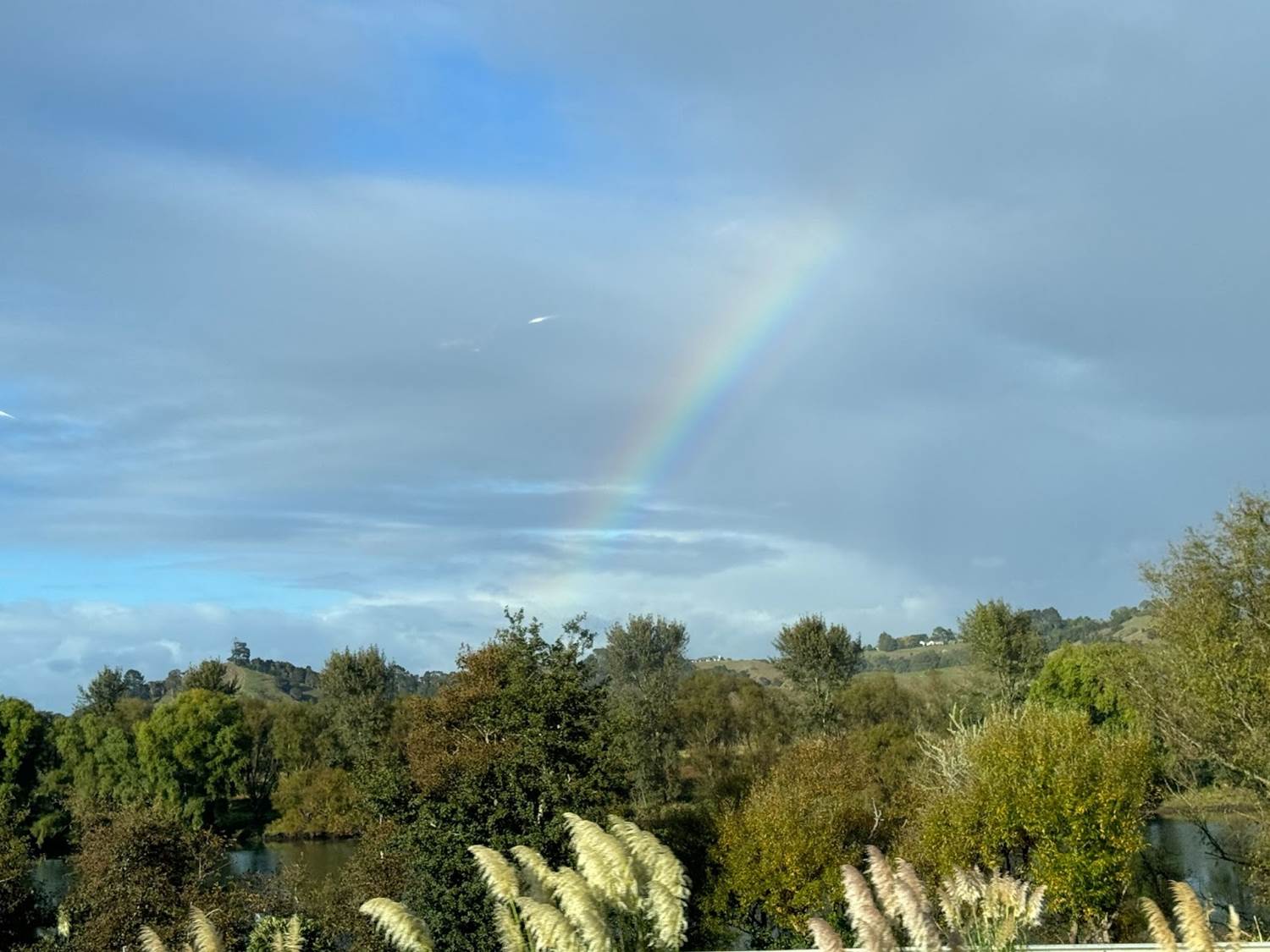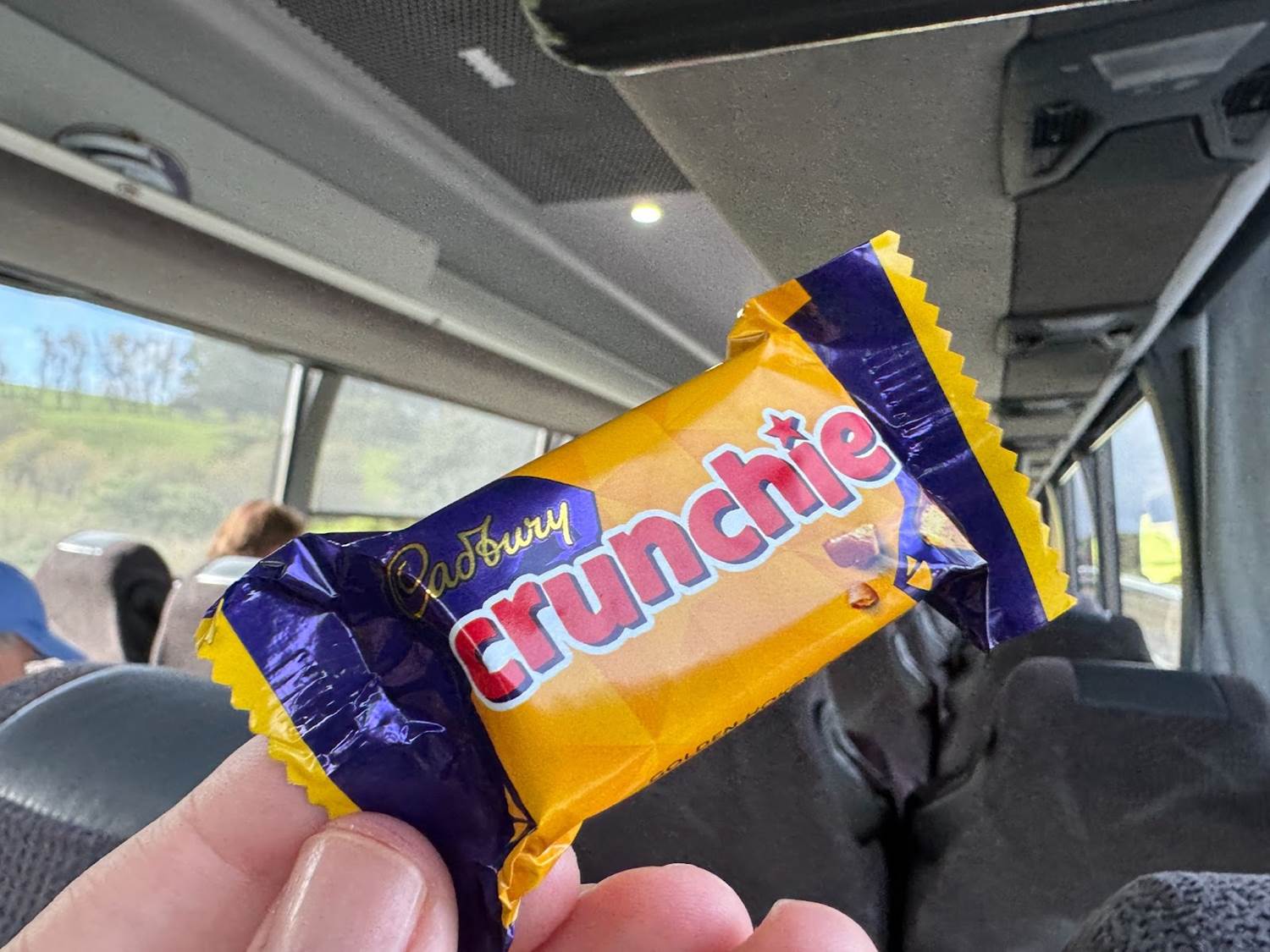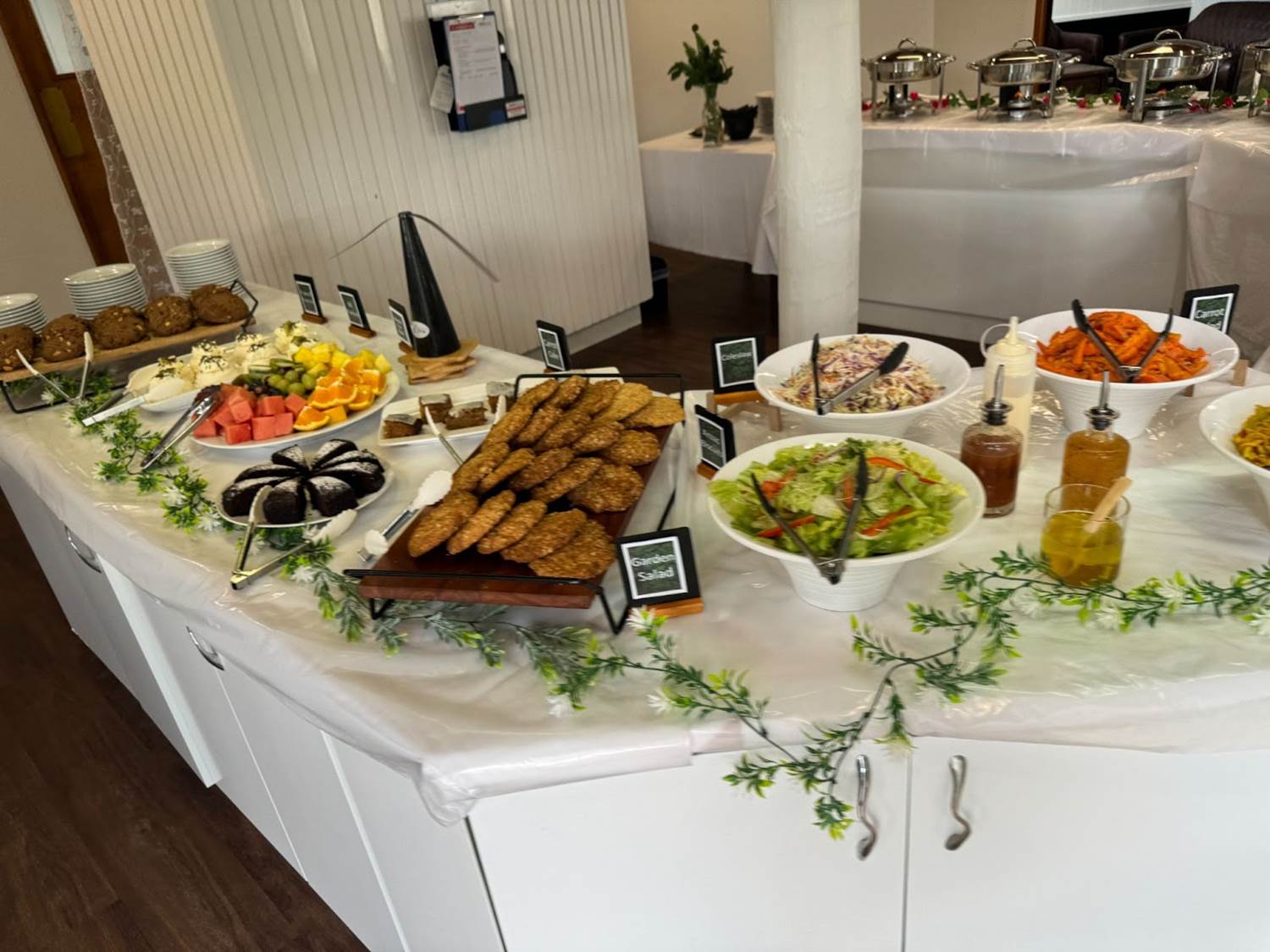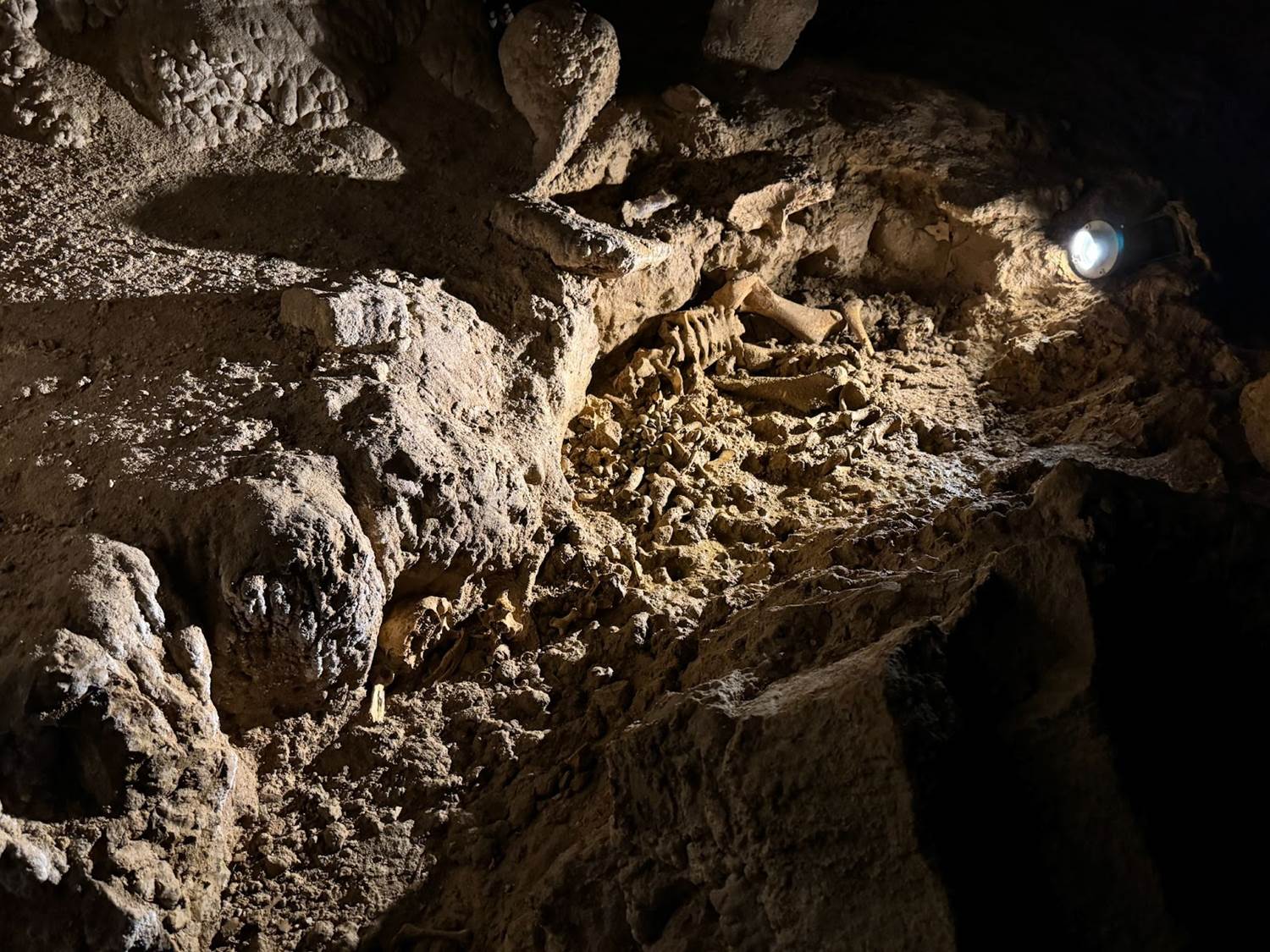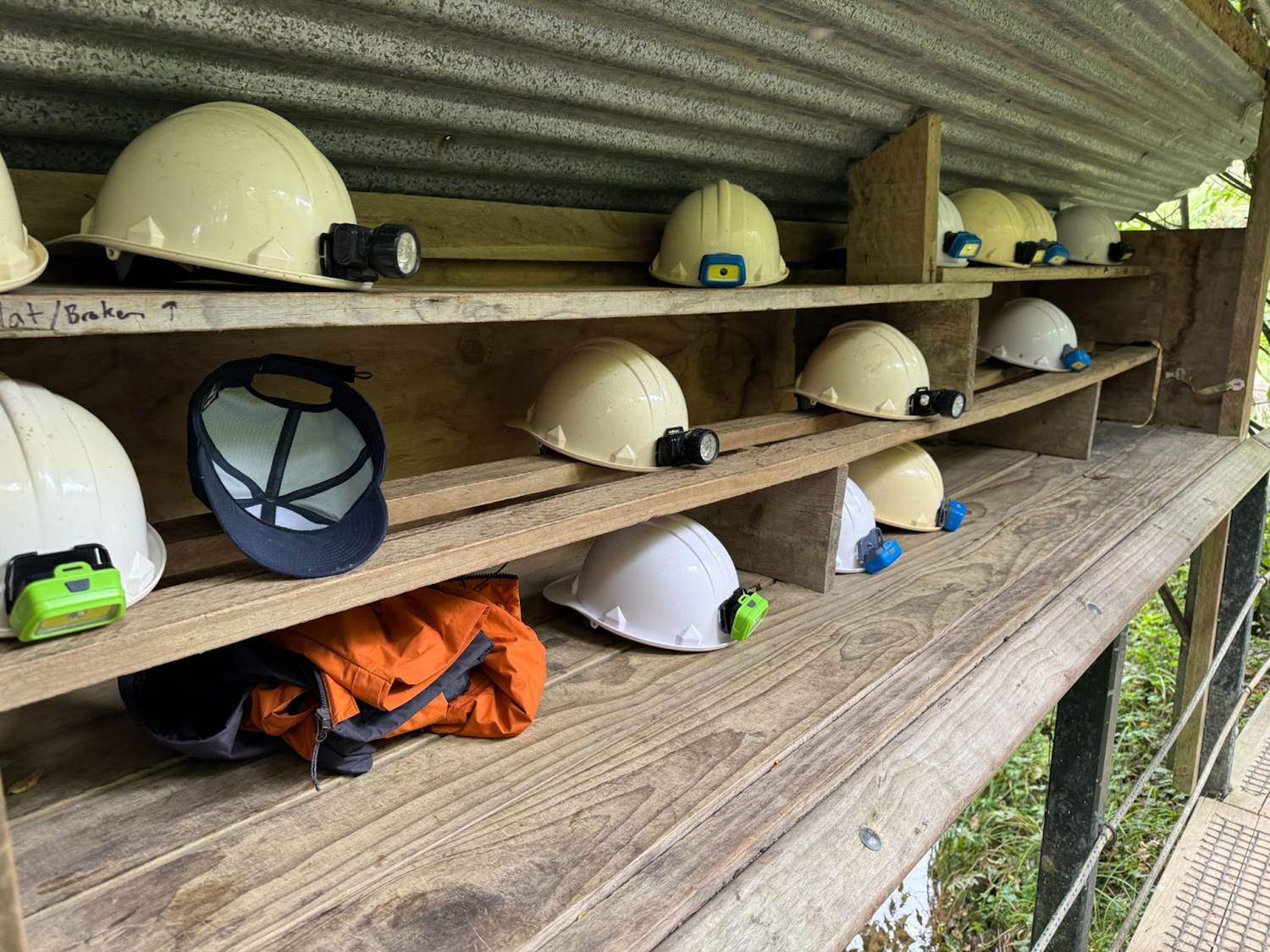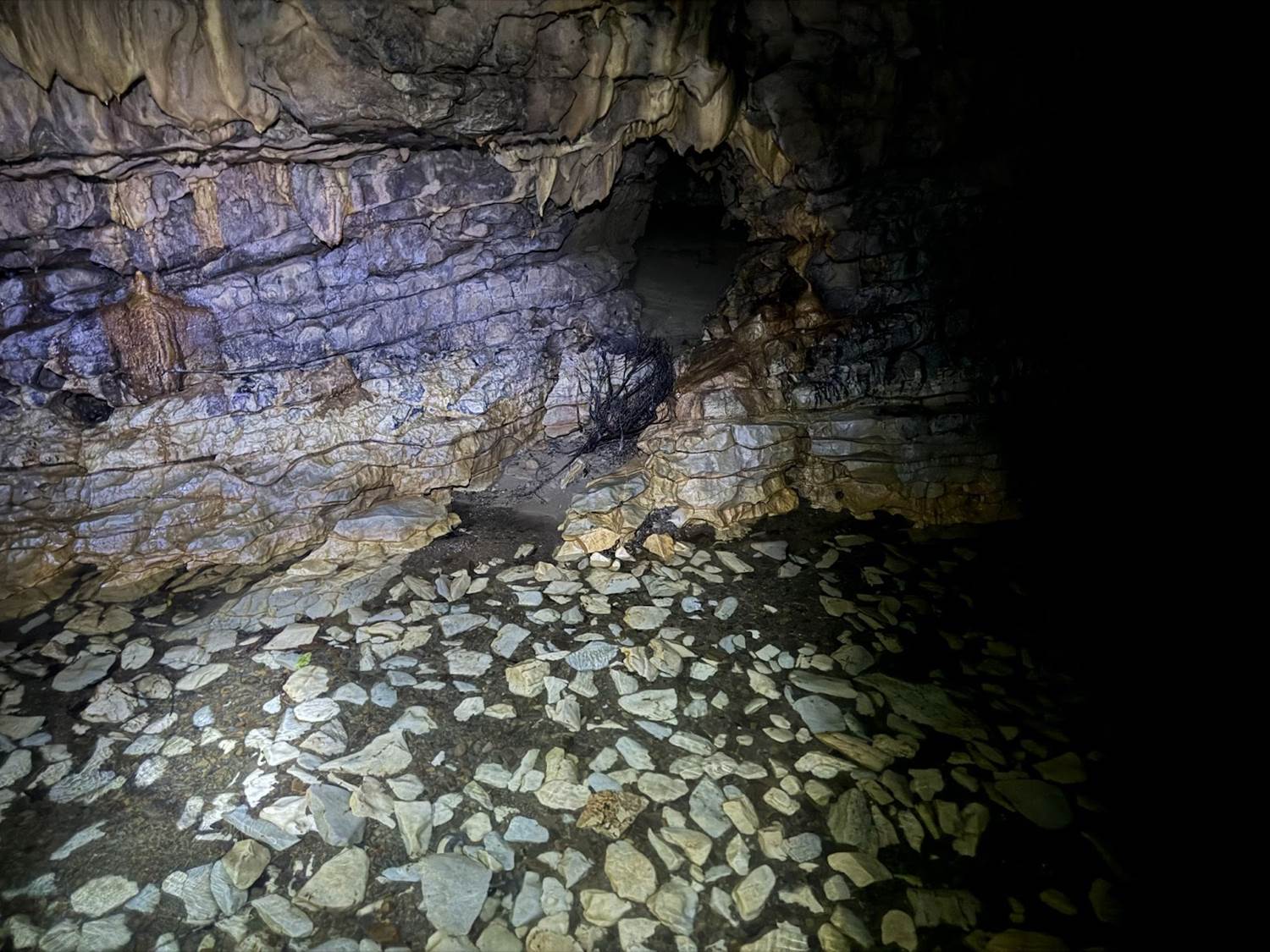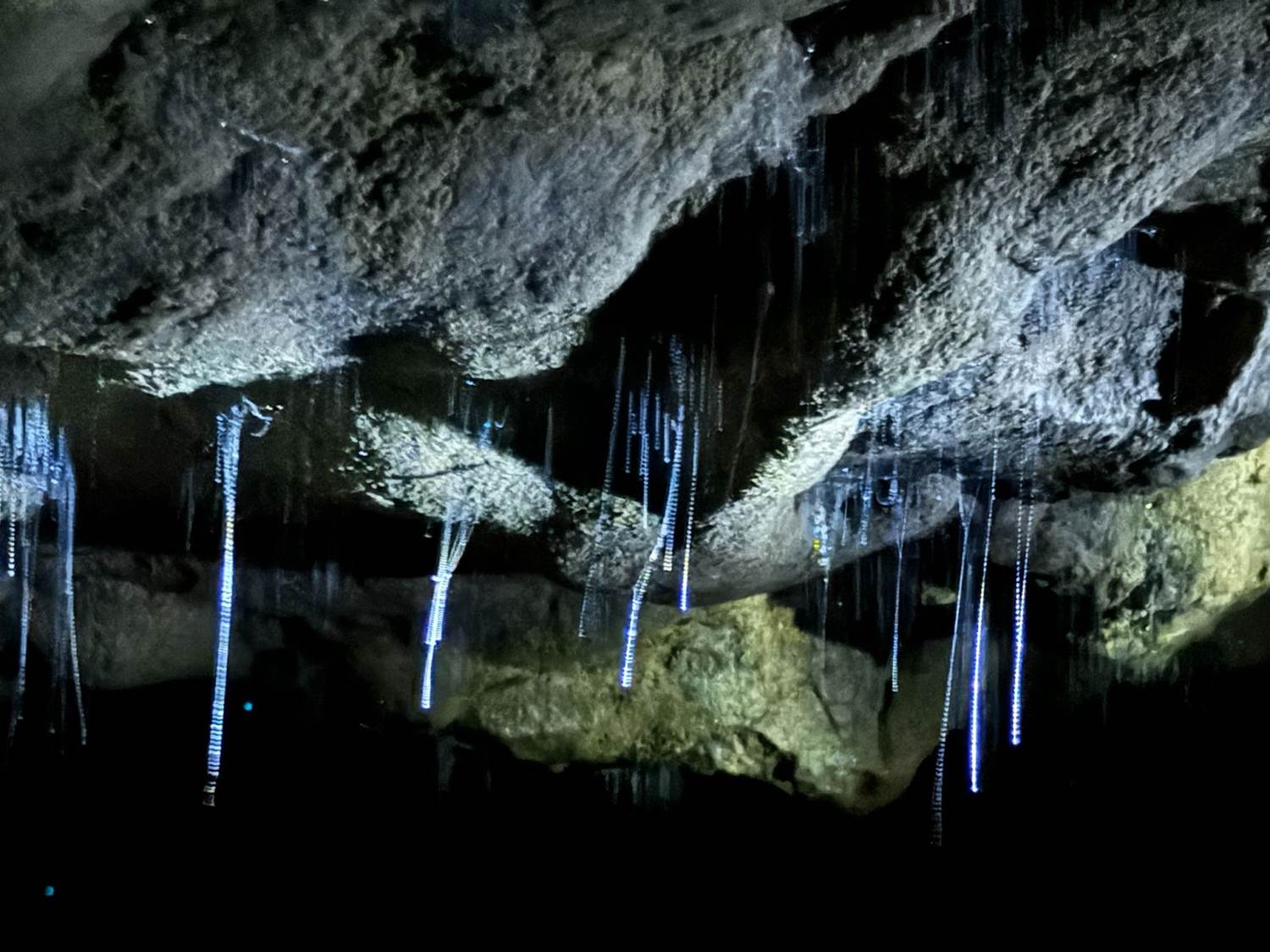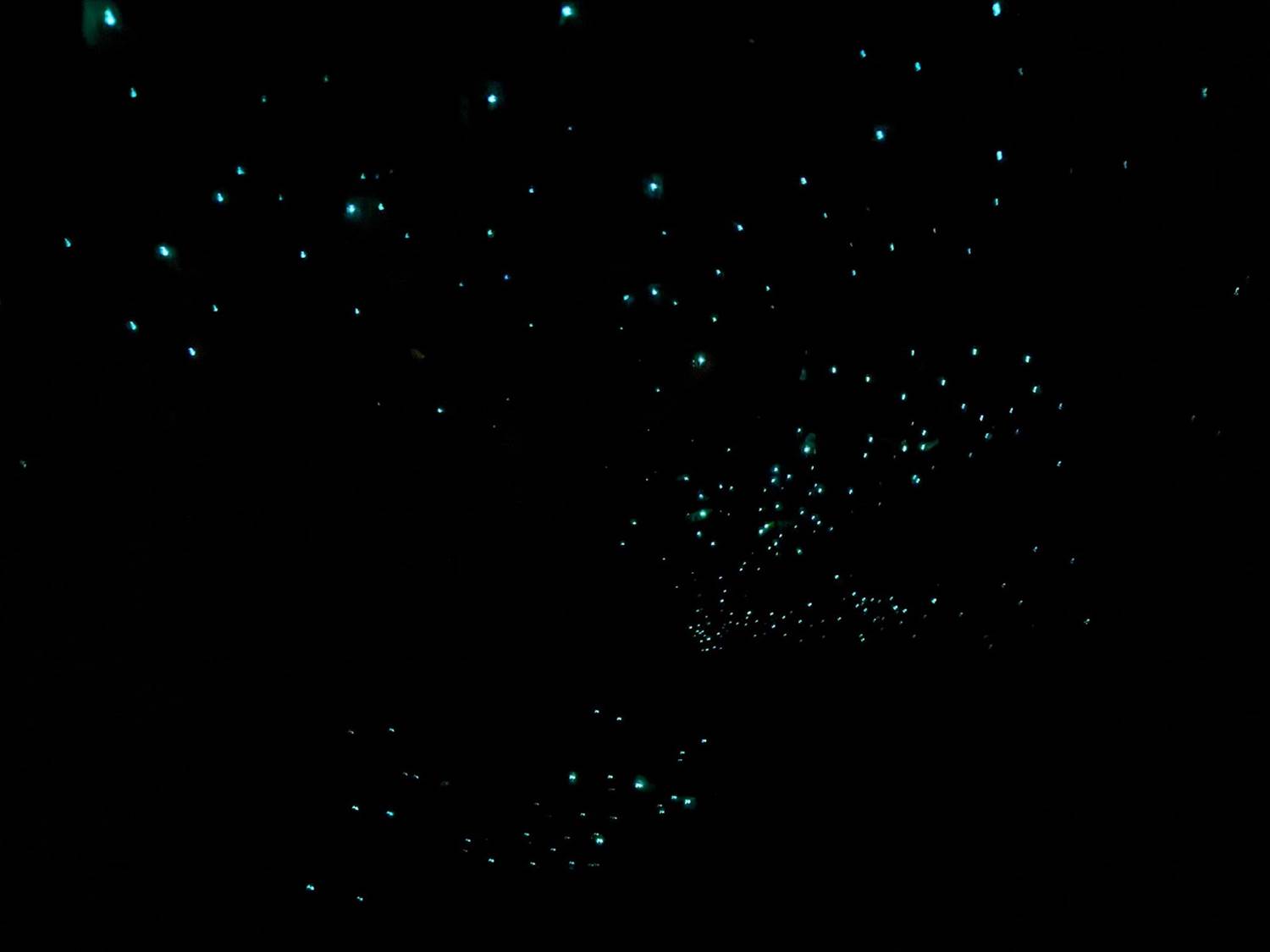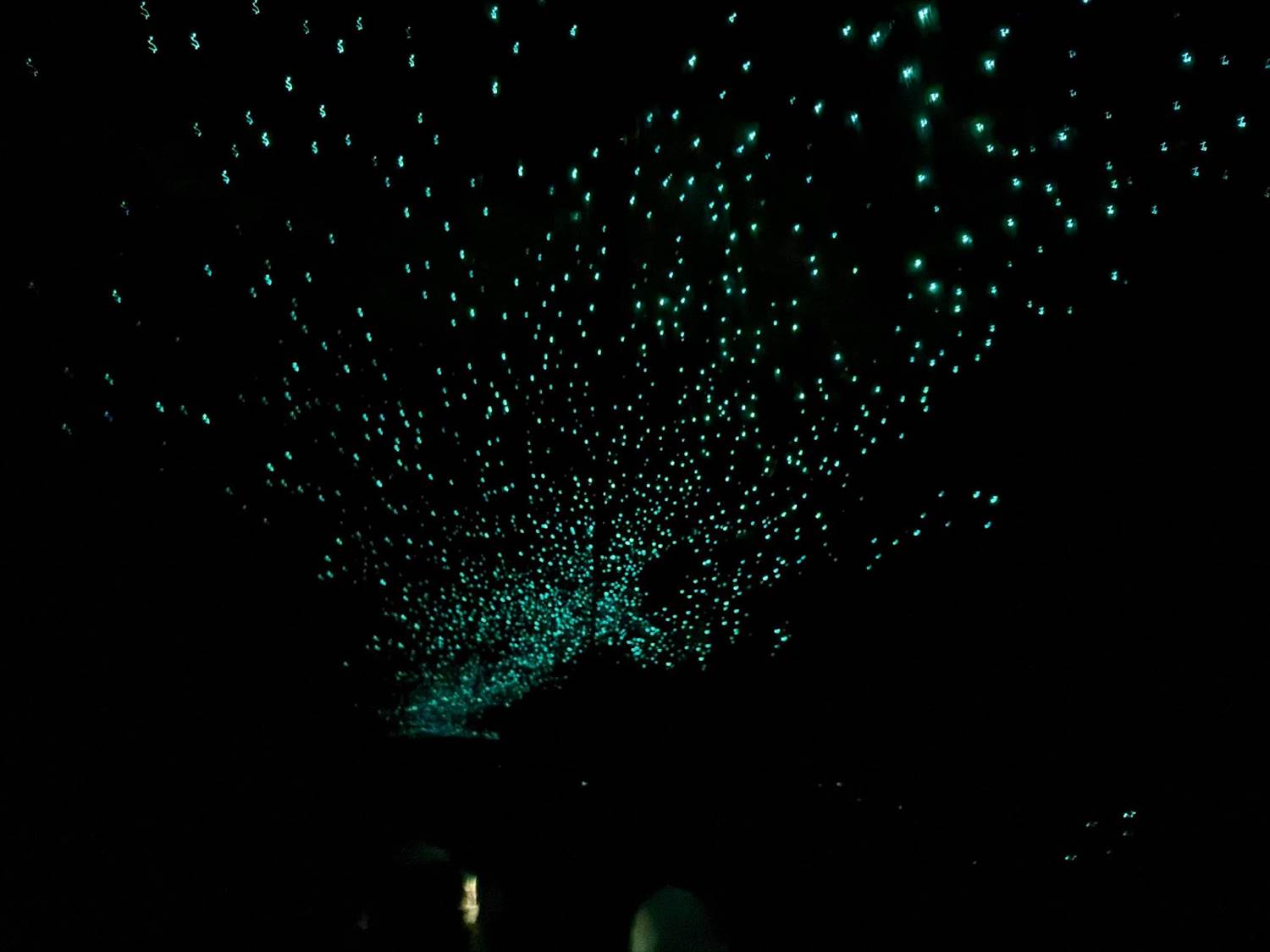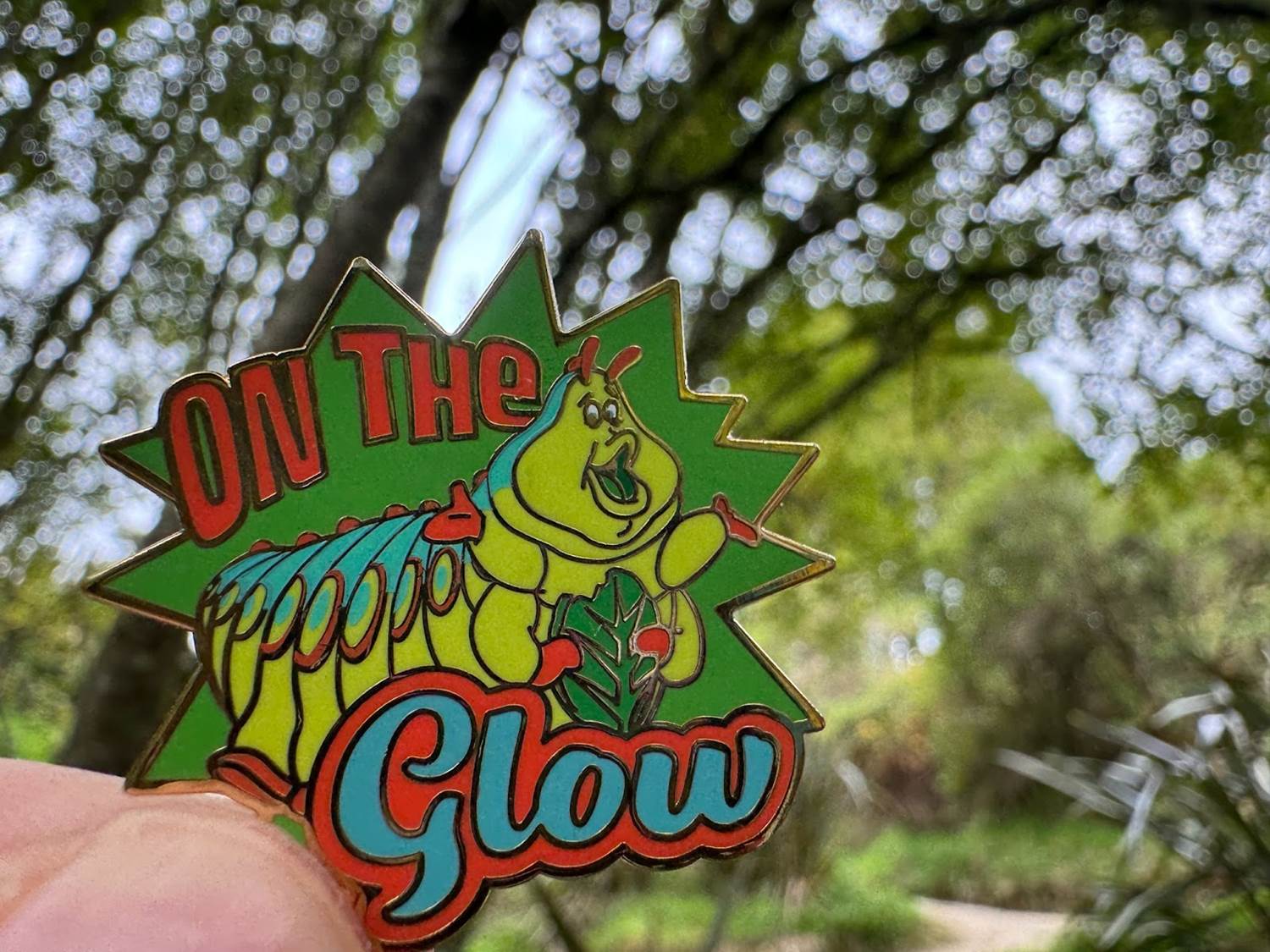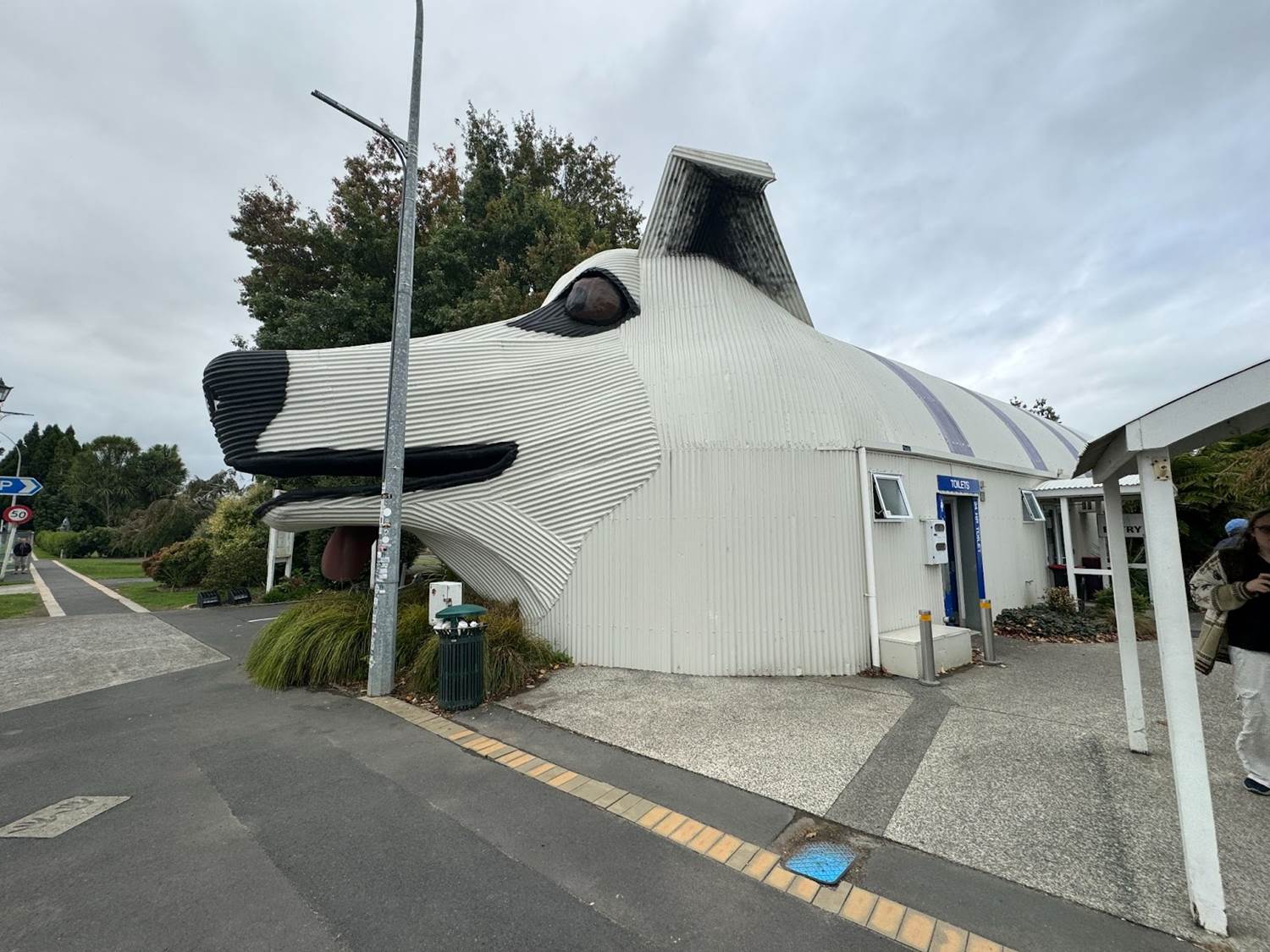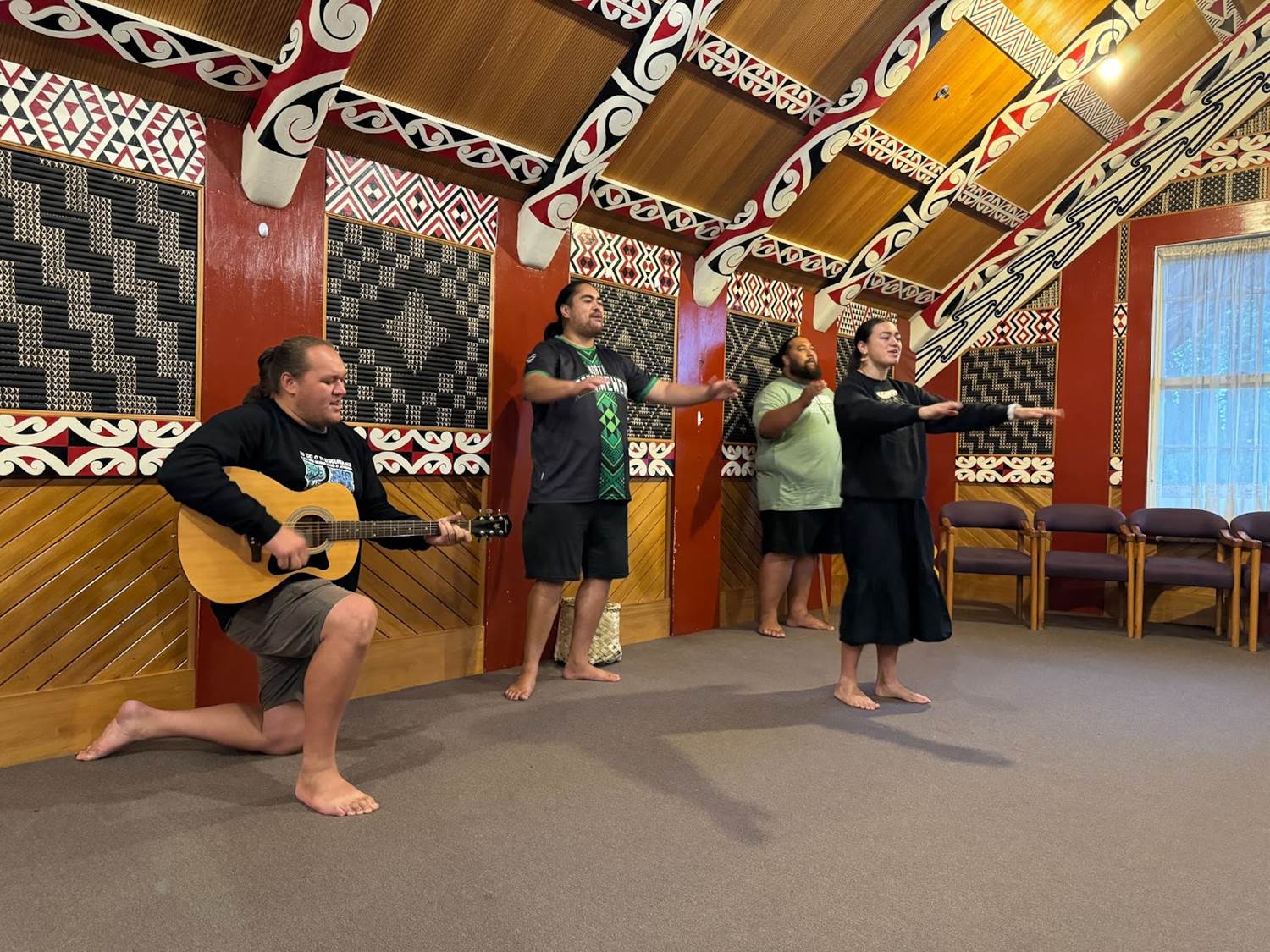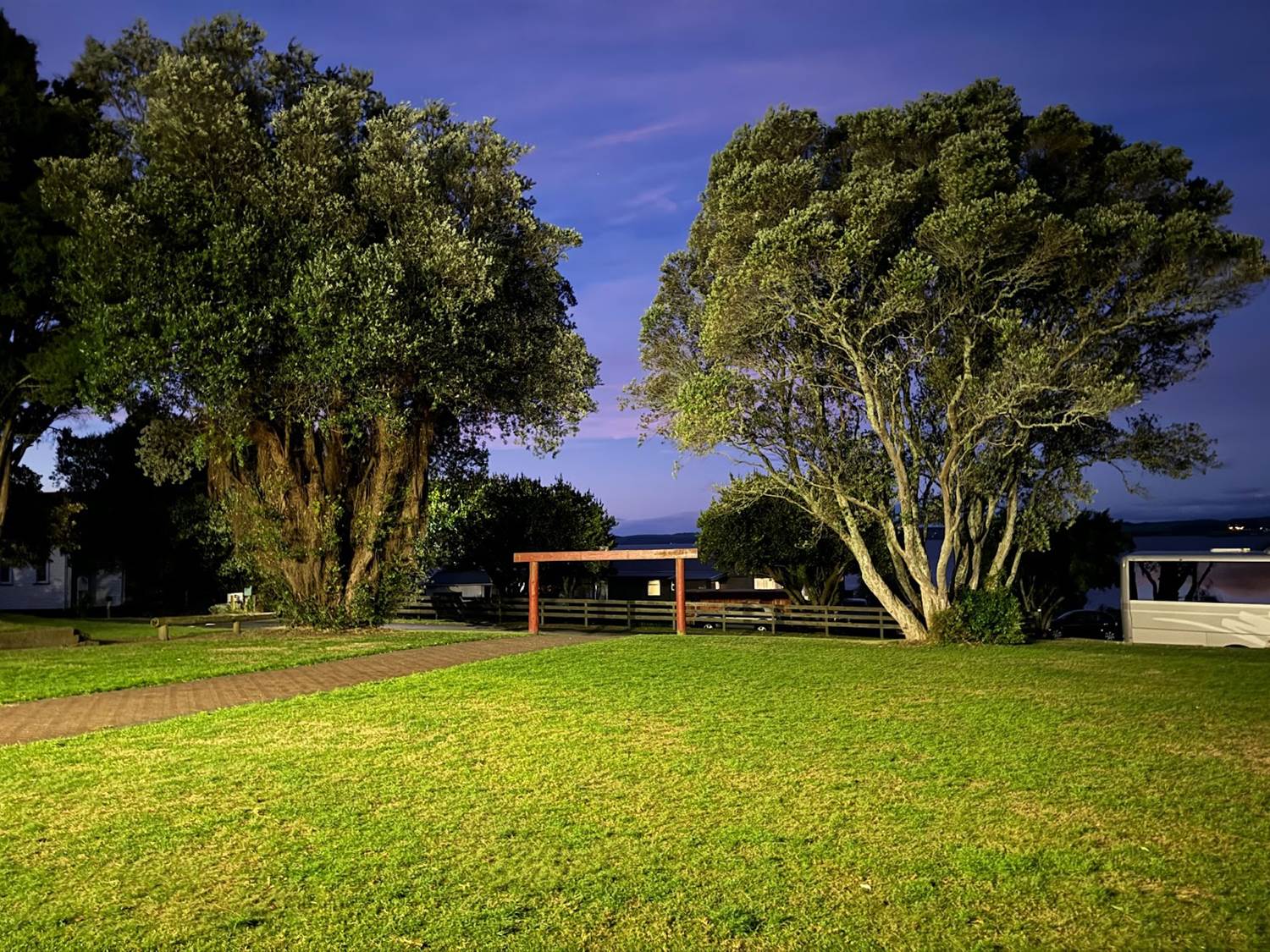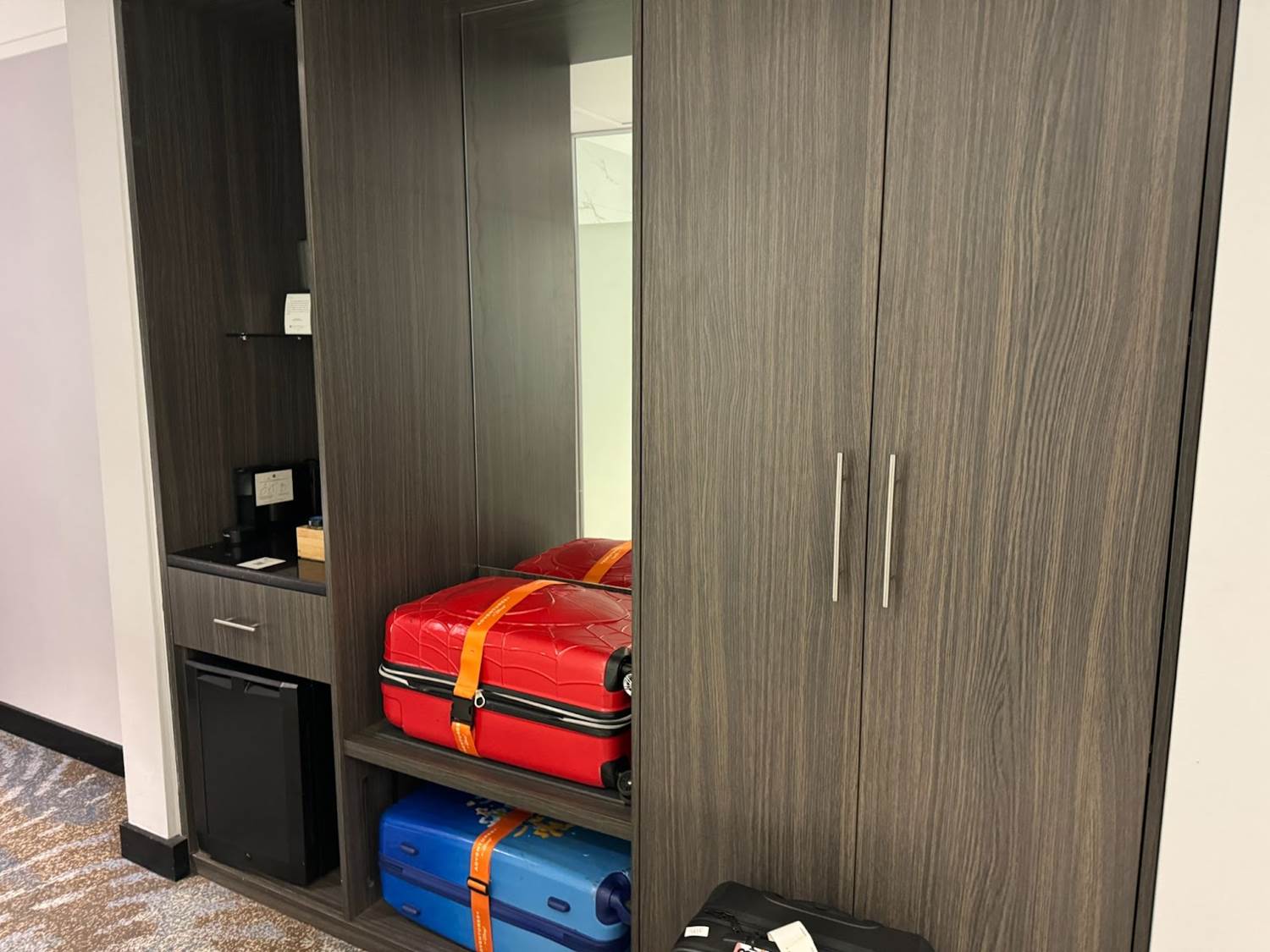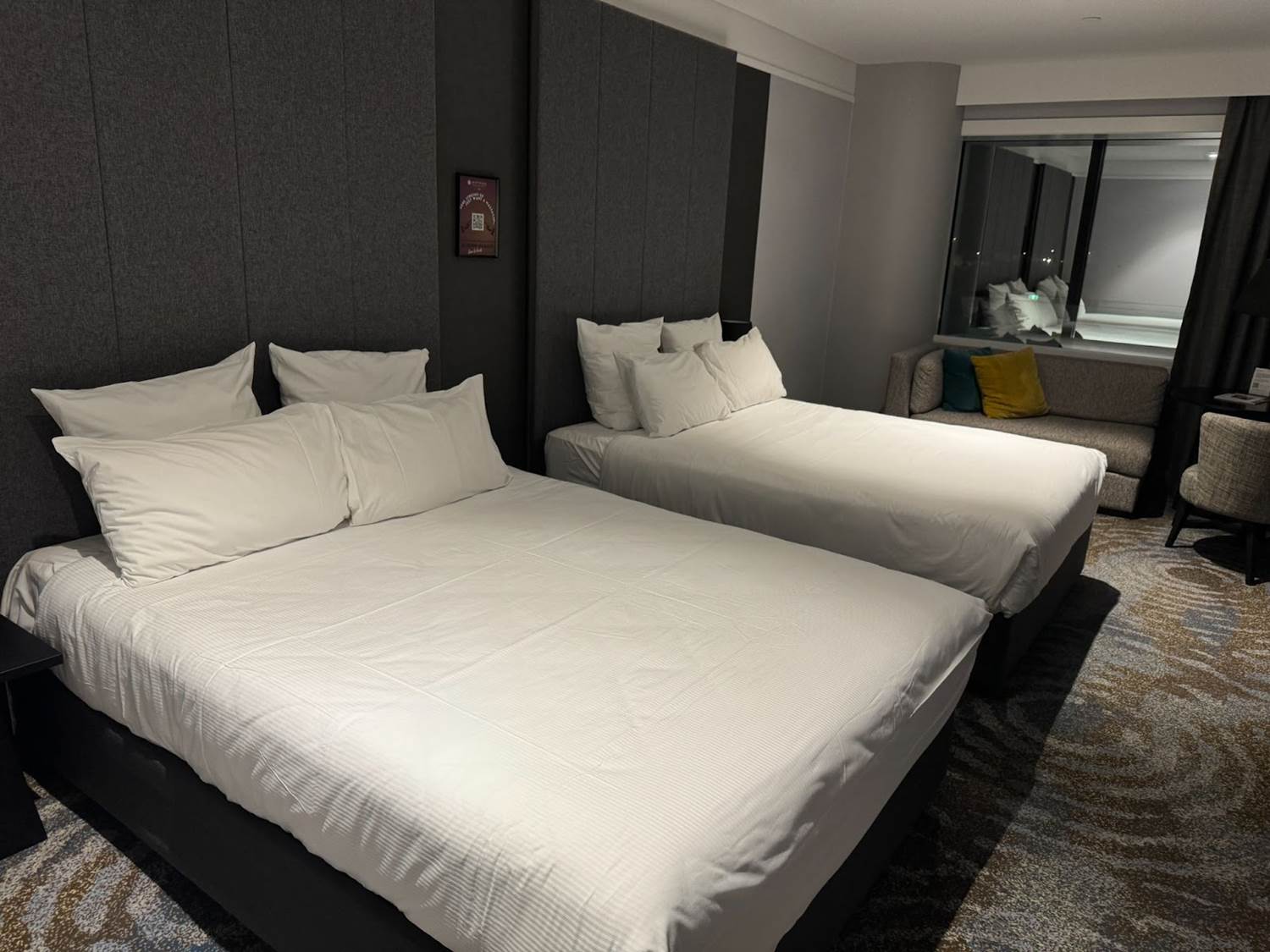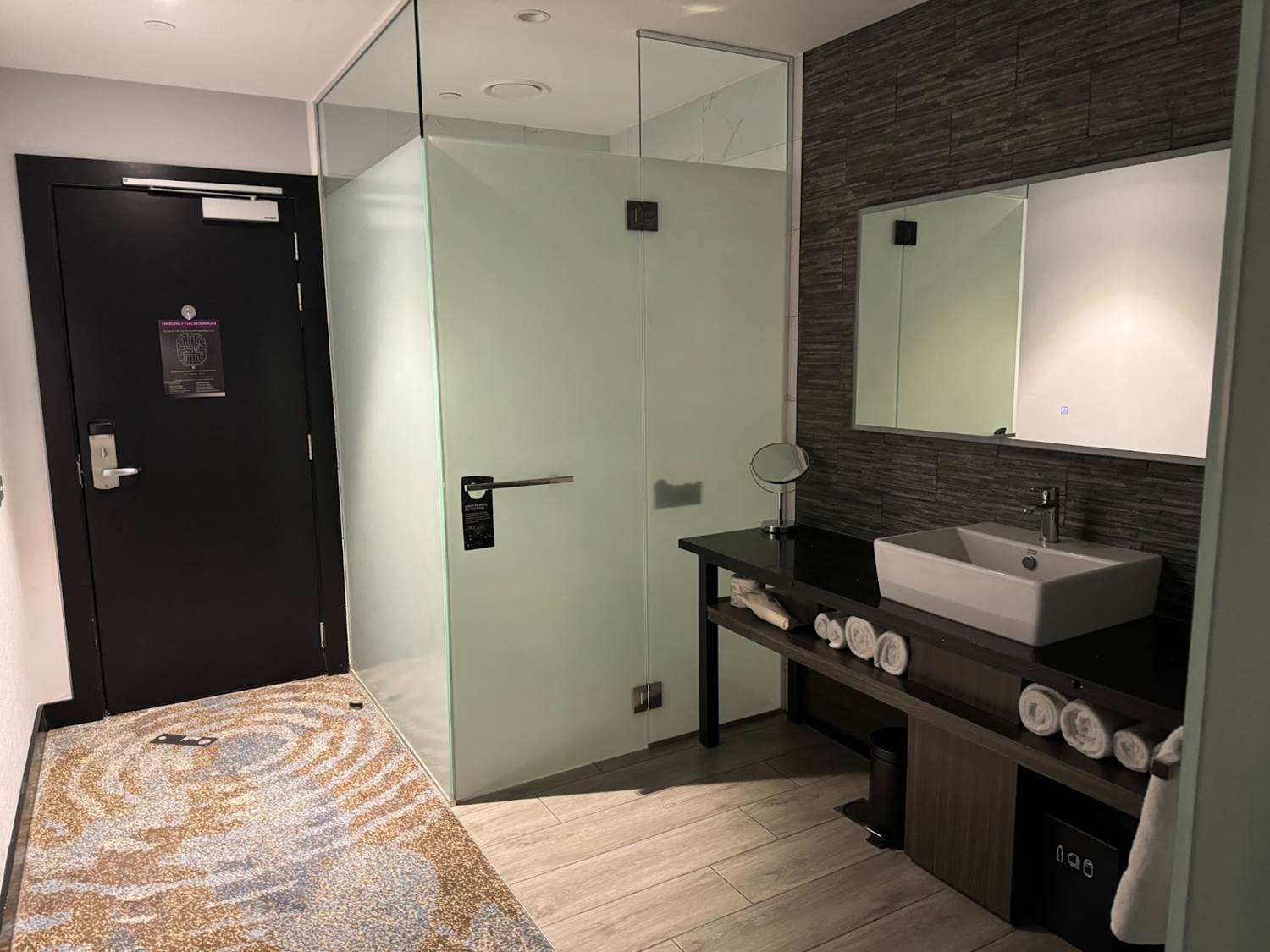Trip Report: Adventures by Disney New Zealand Day 4 – Glowworm Caves and Traditional Māori Hāngī Feast
Today we said poroporoaki (Māori for “Goodbye") to Auckland as our Adventures by Disney New Zealand trip took us “On the Glow" to Rotorua. That’s a little more central on the North Island, but the journey there was made all the more fun by our Adventure Guides, Dusty and Danny, and several planned stops. And, of course, we got to take in the natural beauty of New Zealand. With frequent short rain showers, we saw plenty of rainbows during today’s adventure.
After our first bathroom break, which included several options to purchase refreshments, it was back on the bus. Dusty and Danny introduced us to one of New Zealand’s (and Australia’s) favorite candies, a Cadbury Crunchie, which is chocolate-covered Hokey Pokey (the same stuff in the ice cream we tried on Day 3). It’s a bit like a Butterfinger, but less sticky and without the peanut butter.
As we neared our first destination of the day, Waitomo, we pre-ordered our protein option for lunch at Roseland’s Resort, famous for its New Zealand barbeque. Steak, teriyaki chicken, two types of fish, and a vegetarian option were the pre-selected items, with a buffet of sides that included rice, pasta, and salads. There was also a buffet of desserts, including pavlova.
Waitomo is famous for its underground rivers and cave system (the village’s name means “where water enters" in Māori). From lunch, it was a short bus ride to Spellbound Glowworm & Caves Privately Guided Tour where we were split into two groups to visit the private farm’s two caves. My group’s first was called the Spirit Cave.
While there are glowworms inside the Spirit Cave, what this one is famous for is the history it’s preserved. In particular, it contains the remains of extinct animals that once thrived in New Zealand, like the moa birds, a relative of the ostrich that could grow over 6 feet in height and was a coveted catch of the Māori, who hunted them to extinction.
The Spirit Cave was an all-walking experience, with lighted paths and high ceilings. But the second cave, fittingly called the Spellbound Glowworm Cave, featured some low-hanging stalactites. Due to the level of darkness preferred by glowworms, the main source of light up to a certain point was provided by necessary hard hats, which we put on before entering.
This cave is home to an underground river, the preferred habitat for glowworms. Once we were deep enough that natural sunlight wasn’t an issue, it came time to turn our lights off and let our eyes adjust to the dark.
Glowworm is a catch-all term for a variety of bioluminescent insects, but in this part of New Zealand, it means arachnocampa luminosa, aka the New Zealand glowworm. They prefer dark, wet places because their main source of food is other water insects.
Glowworms are small and difficult to see in the light, but the best sign that one is near is its nest of silk threads. Each glowworm hangs about 30 threads, which are sticky enough to catch flying insects, which it then feeds upon. To attract those insects, glowworms light up in the dark, which looks like this.
The most magical part of the experience comes deeper in the cave, where the Spellbound Guide got us into a raft. He used overhead ropes to pull the boat towards a waterfall, the deepest we could go on that level of the cave (a barrier made it impossible for the boat to go over the fall). That yielded the highest concentration of glowworms on the cave ceiling, and it also called to mind the Animal Kingdom attraction Na'vi River Journey. In fact, these very glowworms served as part of the inspiration for James Cameron’s Avatar (and those films are made in New Zealand).
As we left behind the spellbinding world of glowworms, we discovered our pin of the day, featuring Heimlich the caterpillar from A Bug’s Life, and the title of today’s adventure, “On the Glow."
Back on the bust, we continued our trip to Rotorua, briefly stopping for another bathroom break in Tirau, the corrugated iron capital of New Zealand, which features buildings styled after animals like dogs and sheep.
Arriving in Rotorua for the last scheduled experience of the day, we were treated to a love story that felt like something out of a Disney classic. Once upon a time, there was a beautiful Māori princess named Hinemoa who lived on the shores of Lake Rotorua. In the middle of the lake was Mokoia Island, home to the handsome Tūtānekai. Although Hinemoa and Tūtānekai were from warring tribes, they yearned for one another. And so, every night, Hinemoa would sit on this rock, looking out to Mokoia Island, where Tūtānekai would play his flute for her to hear.
Their story has a happy ending, with Hinemoa eventually swimming to Mokoia Island to be with her true love. Today, most of the Māori people of Ōwhata marae can trace their ancestry back to Hinemoa and Tūtānekai, and we got to meet some of their ancestors, who gave us a traditional Māori welcome. After a traditional greeting, during which we were approved by the group, we were admitted into the wharenui (carved meeting house), which was named after Tūtānekai. We were treated to several songs and performances in addition to a Haka (war dance). After the performance, we were split into groups, with the men learning how to perform the Haka while the women learned how to spin poi (our first exposure to both traditions came on Day 2). After rehearsing in gender-split groups, we then came together to perform for each other.
Speaking of gender split, it’s tradition for a wharenui to be named after a man as it was a place where tribe leaders would hold important meetings. A nearby structure, a wharekai (dining hall) is traditionally named after a woman since, in Māori culture, women were responsible for feeding. And so here, next to the wharenui named Tūtānekai, is a wharekai named Hinemoa, where dinner was held. But first, we had to get dinner. Our Māori host took us to her backyard, where her husband was waiting to unearth our meal.
Prior to our arrival, a bonfire was used to heat hot stones in the ground, a preparation technique called Hāngī. A variety of foods, including chicken, lamb, fish, sweet corn, and potatoes, were placed in foil pans over the rocks and covered with protective layers of cabbage and cloth, with dirt covering those to lock in the heat and allow dinner to cook. We got to witness our meal being pulled out of the earth, following it to the wharekai for a fabulous feast.
With full bellies, minds, and hearts, it was time to board our coach once again for a short ride to our next hotel, Pullman Rotorua. This morning, we placed our tagged bags outside our doors at the Park Hyatt Auckland at 7:30 am. Arriving to the Pullman at 9:30 pm, our Adventure Guides passed out our room keys, and our bags were already waiting for us in our rooms.
These rooms are more contemporary in design than the Park Hyatt Auckland, which really leaned into Māori culture.
Maximizing space, these rooms have an open floor plan, with a toilet and shower behind frosted glass booths on either side of the sink.
Tomorrow promises to be full of animal fun, plus more zip-lining. Check back each day to follow along on our Adventures by Disney trip to New Zealand.



